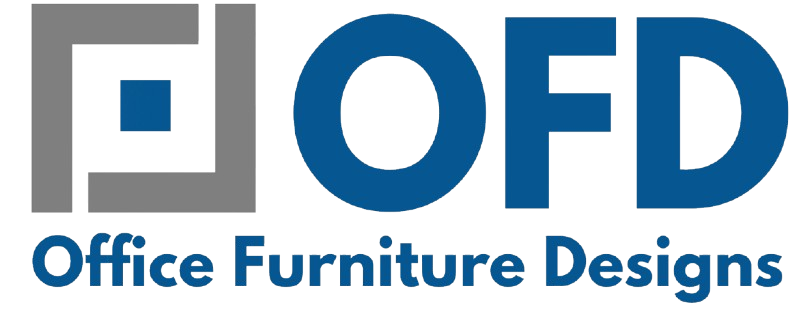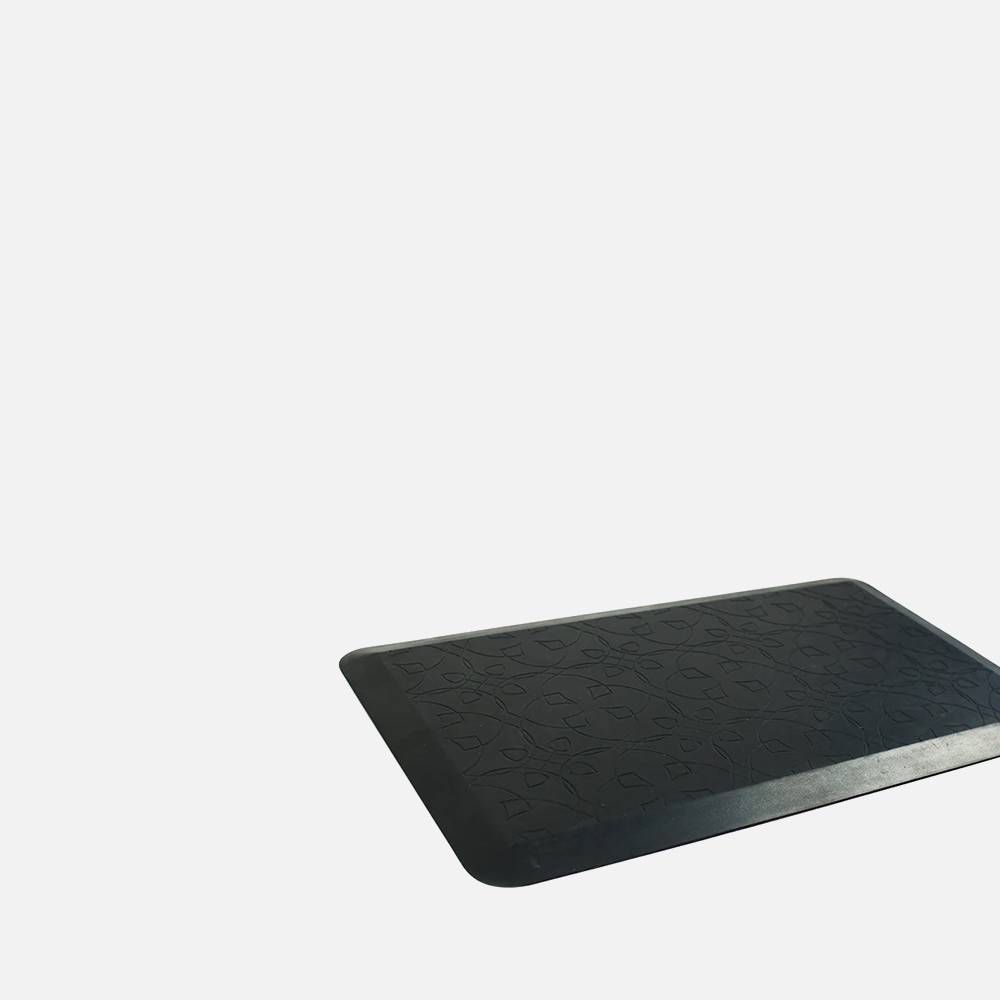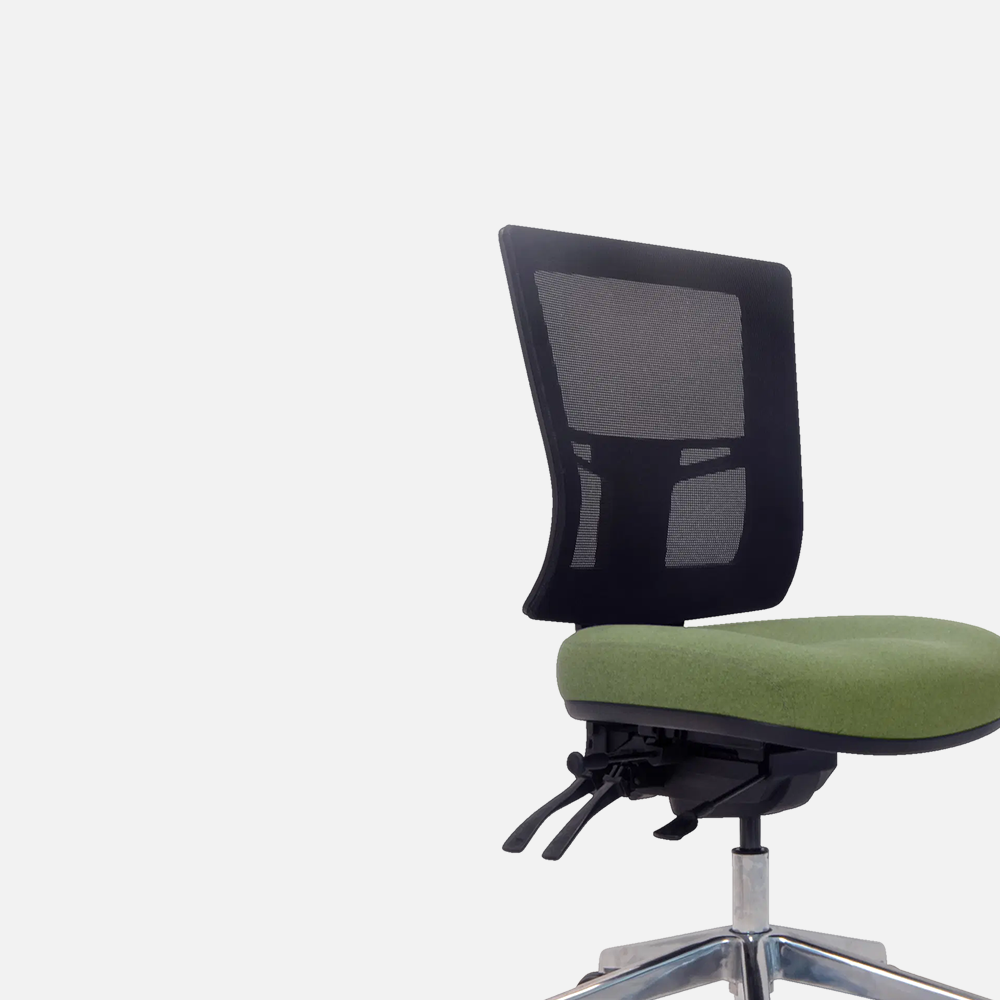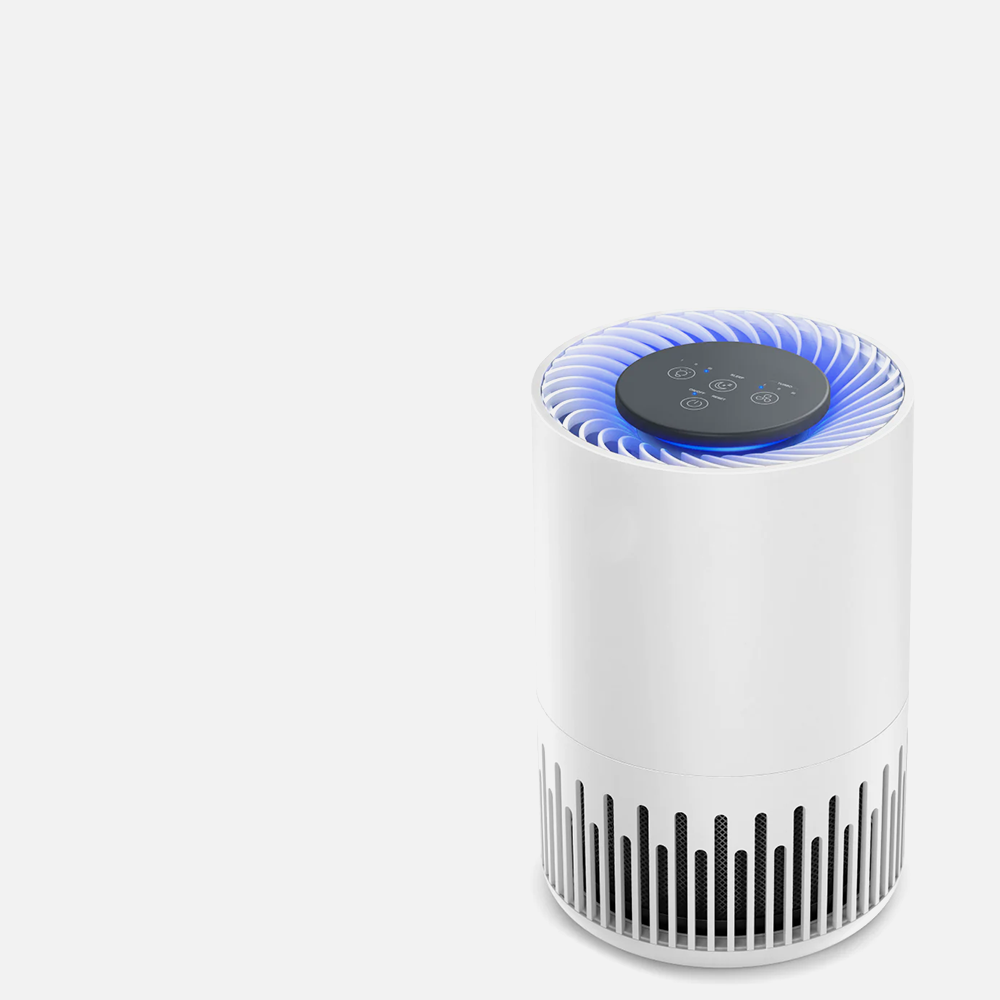Introduction: The Australian Workplace Is Changing
Australia’s work environments are evolving faster than ever. Whether it's the shift to hybrid teams, the rise in remote collaboration, or a growing emphasis on employee wellbeing, businesses, schools, and government departments alike are rethinking their office layouts.
At the heart of this shift? The sit-stand desk—a simple yet powerful ergonomic solution. In 2025, these adjustable desks aren’t just a trend—they're the new standard in workplace wellness across Australia.
What Are Sit-Stand Desks?
Sit-stand desks, also known as height-adjustable or standing desks, allow users to seamlessly shift between sitting and standing positions during the day. They can be electric or manual, and are often designed to support dual-monitor setups, large workstations, and shared-use office environments.
This dynamic movement improves circulation, posture, energy levels, and focus—key benefits in both public sector and corporate settings.
The Productivity and Wellness Connection
From ASX-listed companies to local council offices, employers are recognising the link between physical health and productivity. In 2025, organisations are investing in ergonomic office furniture not just to tick a compliance box—but to enhance output, engagement, and retention.
Standing desks reduce fatigue, relieve musculoskeletal tension, and encourage micro-movement. This boosts:
- Focus and mental clarity
- Team energy and collaboration
- Employee satisfaction and morale
When your staff feel better, they work better. And healthier staff equals fewer sick days and higher efficiency.
Why This Matters to Government and Education Buyers
Public sector workforces—particularly within schools, universities, and government departments—are under increasing pressure to modernise workspaces, reduce injury claims, and promote proactive wellbeing.
-
Workplace Health Compliance:
Departments are required to provide ergonomically safe environments. Adjustable desks help meet OH&S benchmarks, especially for office-bound roles or shared workstations. -
Improved Teacher and Staff Performance:
In education settings, long hours at fixed desks can lead to fatigue. A sit-stand solution provides flexibility for teaching staff, administrators, and support workers—without major refits. -
Future-Proofing Government Offices:
As flexible work becomes more common, government offices need agile, shared-use furniture that can adjust to various users, heights, and shift patterns.
The Corporate Office: Boosting Morale and Brand Image
For commercial teams, adjustable desks in Australia are no longer a premium perk—they're a productivity tool and a branding asset.
- Increased Retention: Ergonomic investments show employees they’re valued, improving satisfaction and loyalty.
- Office Culture: Standing meetings, flexible work areas, and shared sit-stand hot desks promote innovation and movement.
- Visual Identity: Modern desks align with minimalist, tech-forward fit-outs and sustainability initiatives.
Supporting Hybrid Work
In 2025, many Australian businesses have embraced hybrid working. Sit-stand desks bridge the physical and digital divide:
- In-office Flexibility: Employees using shared workstations can adjust to suit their posture and preferences.
- Home Office Integration: Matching desk setups at home and in the office create ergonomic consistency and comfort across locations.
For organisations navigating flexible schedules and reduced office footprints, modular electric desks make workspace planning smarter and more efficient.
Supporting Physical and Mental Health
Let’s not forget mental wellness. When employees move more, they feel more alert and less fatigued. Movement boosts mood-regulating hormones like serotonin and endorphins, while reducing anxiety and stress.
In a time where burnout is a major issue across Australian industries, ergonomic furniture is a frontline defence. Initiatives like Safe Work Australia's BeUpstanding initiative further support employers in encouraging movement and reducing sedentary behaviour in the workplace. Standing desks support holistic wellbeing—physical, mental, and emotional.
Customisable for Any Space
Sit-stand desks are no longer bulky or unattractive. Today’s models come in various widths, finishes, and cable-management configurations to match open offices, pods, or small shared rooms.
Features to look for include:
- Dual motors for smooth electric lifting
- Solid frame with weight capacity over 100kg
- Anti-collision technology and child safety locks
- Programmable memory presets
- Environmentally certified laminate finishes
Smart Spend: Long-Term ROI
What may seem like a higher upfront cost delivers long-term savings by:
- Reducing workplace injuries
- Improving team performance
- Lowering absenteeism
- Boosting morale and output
Government and education sectors especially benefit from fewer ergonomic claims and reduced turnover costs.
Sustainability & Procurement Value
Sustainability is high on the agenda in 2025. Many sit-stand desk manufacturers now offer:
- FSC-certified timber or bamboo desktops
- Low-VOC coatings
- Recyclable metal frames
- Efficient motors with low energy use
For procurement teams in government and corporate Australia, this makes sit-stand desks an ethical and compliant choice.
Conclusion: Invest in Your People
The best work environments don’t just look good—they support human performance.
Whether you're upgrading your office, refitting a school administration wing, or managing procurement for a council department, adjustable desks bring measurable value. They show commitment to staff health, long-term productivity, and future-proof design.
In 2025, sit-stand desks and supportive office chairs aren’t just ergonomic—they’re essential.









